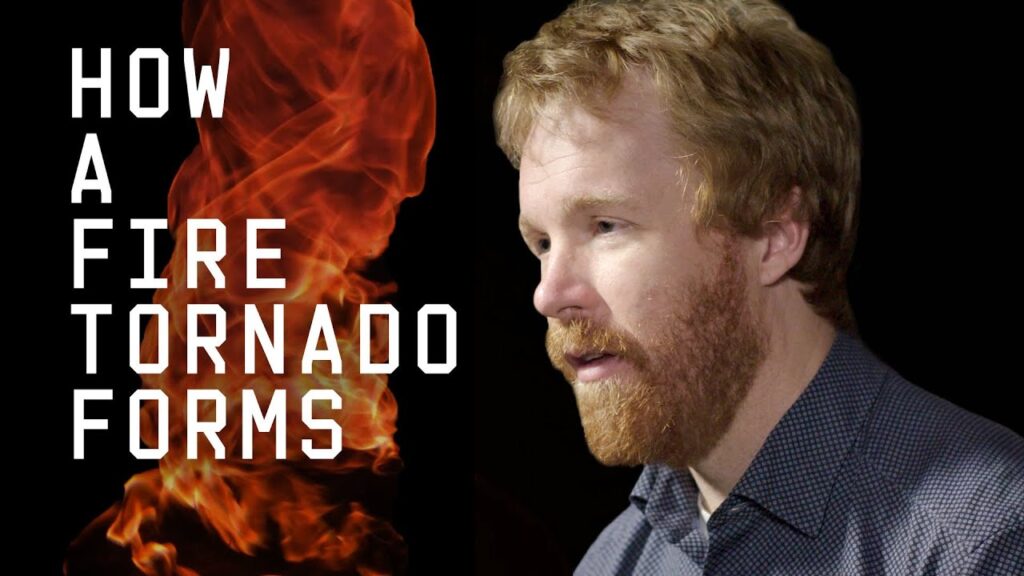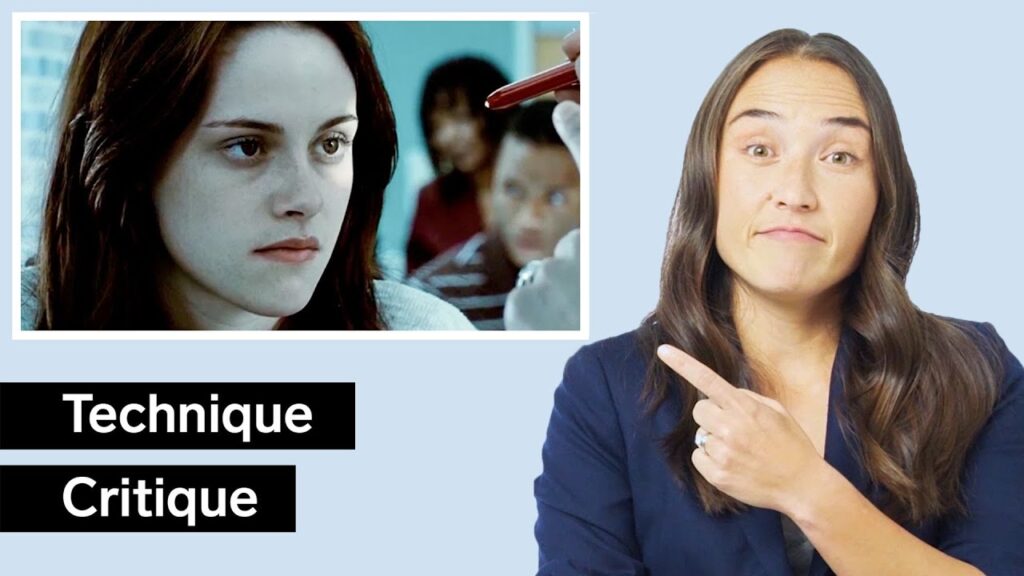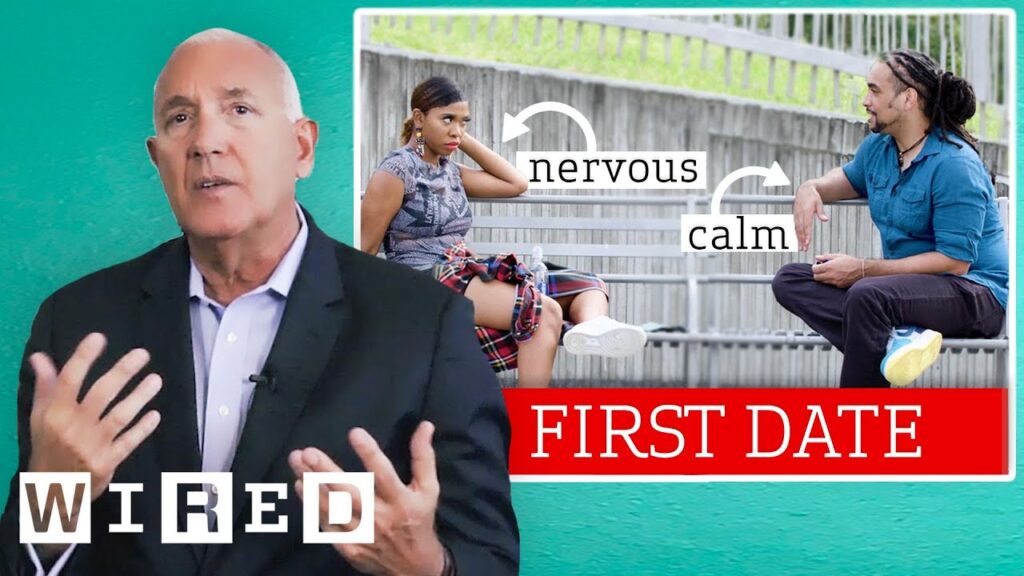Monkeypox Outbreak: Expert Epidemiologist Answers FAQs
Summary:
Monkeypox, a viral disease with major outbreaks spreading in the U.S. and Europe, is causing public health concern. In this Q&A session with epidemiologist Dr. Danielle Ompad, learn more about the appearance, transmission, and treatment of monkeypox. The expert answers questions about the symptoms, contagion period, virus type, modes of transmission, risk reduction, testing, susceptibility, and available treatment options. Unlike the beginning of COVID-19, there are already existing treatments and vaccines for monkeypox.
Table of Contents:
- What does monkeypox look like?
- How long are you contagious if you have monkeypox?
- What type of virus are we dealing with?
- How does this virus spread?
- How can we reduce our risk of getting monkeypox?
- How do you test for monkeypox?
- Who’s most likely to get monkeypox?
- What are the available treatments for monkeypox?
- What vaccines are available for monkeypox?
What does monkeypox look like?
The first lesions that you will probably see are flat and red, and they can be on the face and spread to the arms and legs, your hands and feet. During this outbreak, people have had fewer lesions than in previous outbreaks. The rash, which usually accompanies flu-like symptoms, starts as flat and red. Then it turns into raised and red, then pimple-like bumps, and finally scabs. Sometimes the flu-like symptoms appear before or after the rash. But for some, the rash is their only symptom. It can look different depending on your pigmentation, but the essential features from flat bumps to raised bumps to pustules to the scab will be consistent, and the color may change.
How long are you contagious if you have monkeypox?
You are contagious for as long as you have the rash until the scabs fall off, and new skin forms over where the scabs are. That could be two weeks or longer, depending on how long it takes you to heal.
What type of virus are we dealing with?
Monkeypox is an orthopoxvirus that’s related to smallpox and vaccinia viruses. Vaccinia virus is actually the virus used in the vaccines for smallpox and monkeypox. It definitely causes less severe disease than smallpox.
How does this virus spread?
Monkeypox spreads differently. It can be spread person to person through direct contact with infectious rashes, scabs, or body fluids. Intimate physical contact, such as kissing or cuddling or sex, whether or not there is penetration. It can also be transmitted by touching items like clothing or linens that previously touched the infectious rash or body fluid. Pregnant people can also spread the virus to their fetus through the placenta.
How can we reduce our risk of getting monkeypox?
In terms of protecting yourself, you might want to think strategically about being in close contact with people with skin-to-skin contact. You don’t want to kiss, cuddle or have sex with somebody who has monkeypox. And you want to avoid contact with objects and materials that a person with monkeypox has used. You don’t want to share eating utensils or cups, and you should wash your hands. If you have a rash, you’re not sure what the rash is, but it might look like a bug bite or chickenpox, make sure that you’re not in close contact with people and try to prevent spread in case it is monkeypox. If it starts to be very painful, if it starts to spread, you might want to go to your doctor and be assessed to see if you have monkeypox.
How do you test for monkeypox?
In order to test for monkeypox, they require a swab from a lesion. As soon as you have a lesion, you can start testing for monkeypox. So it’ll be about a week or two before you could test.
Who’s most likely to get monkeypox?
Anybody can be infected with monkeypox. In the current outbreak, the majority of people affected have been male and gay, bisexual, or other men who have sex with men. However, anybody can be infected. People who are immune compromised are at risk for more severe monkeypox infections and may also be at risk for complications and even death.
What are the available treatments for monkeypox?
For most people, the treatment options are just to treat the symptoms. There is a small supply of a drug called T-po, which is tecovirimat. It’s an FDA-approved drug for the treatment of human smallpox disease. It is not approved for monkeypox, but T-pox has been administered to some people who have more severe cases of monkeypox. And so that has been used but not widely.
What vaccines are available for monkeypox?
Jynneos is a live virus vaccine. It’s administered with two shots in the arm about four weeks apart. And it takes about two weeks after the second dose for you to have maximal immune response. There will be quite a bit of cross-reactivity for smallpox and monkeypox because the viruses are relatively similar. So the effectiveness for smallpox was estimated to be relatively high. And I would anticipate the vaccines will be highly effective for monkeypox as well.
Conclusion:
Monkeypox is a concerning viral disease that can spread through physical contact with rashes or body fluids of infected individuals. It is essential to practice good hygiene and avoid close contact with affected people or objects. Treatment options are limited, but a vaccine called Jynneos is available to protect against the virus. Understanding the symptoms, transmission, and available precautions are crucial to preventing the spread of monkeypox.







